- African Violet plants can be grown under natural sunlight conditions (Natural Light for African Violet Plants) and also under artificial lighting.
- If your violet collection is increasing and you are short of space within your natural light area, then artificial lighting may be a solution.
- If your growing to show at your local African Violet club (African Violet Show Plants: How To Begin?), then growing under artificial lighting can give you more more control over your external environmental conditions.
- However, it is good to keep in mind that you will need both horizontal and vertical space to set up artificial lighting; which includes light, stands and access to an electrical outlet.
- There should also be enough space around the artificial lighting set up, to allow for adequate air circulation.
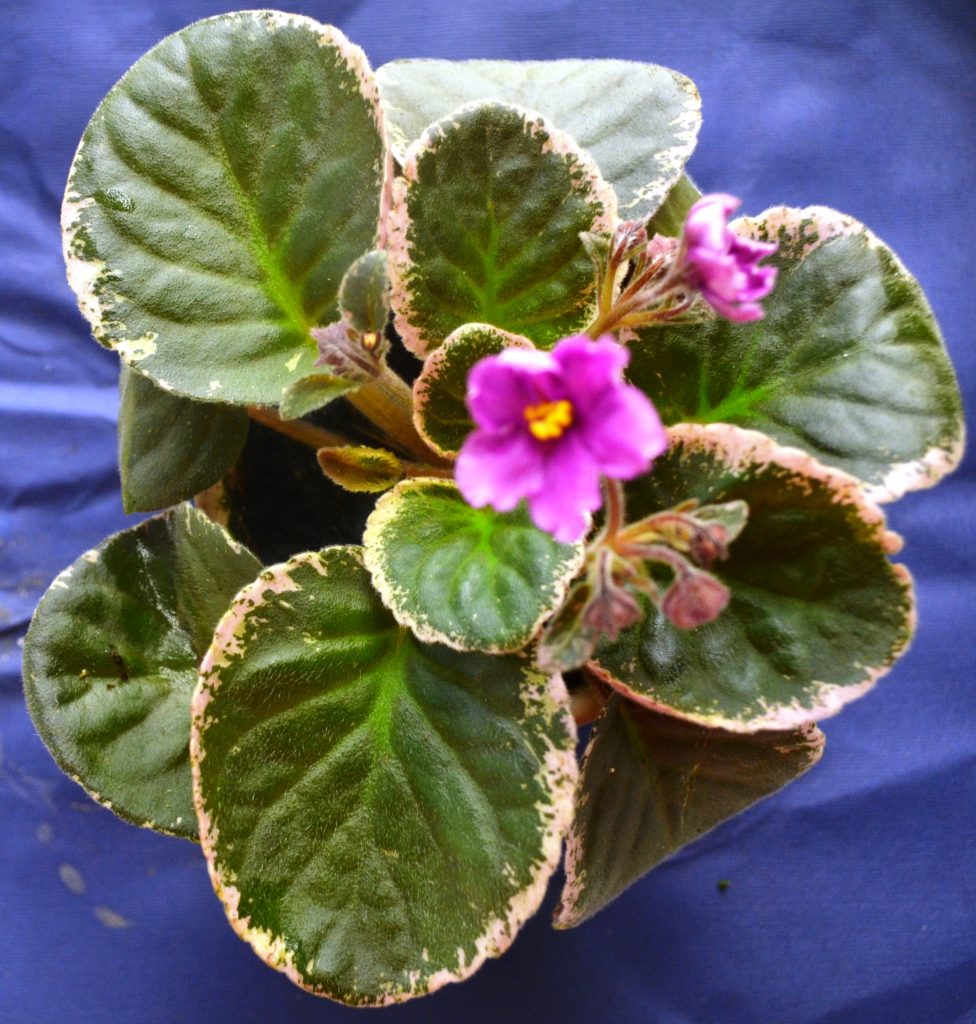
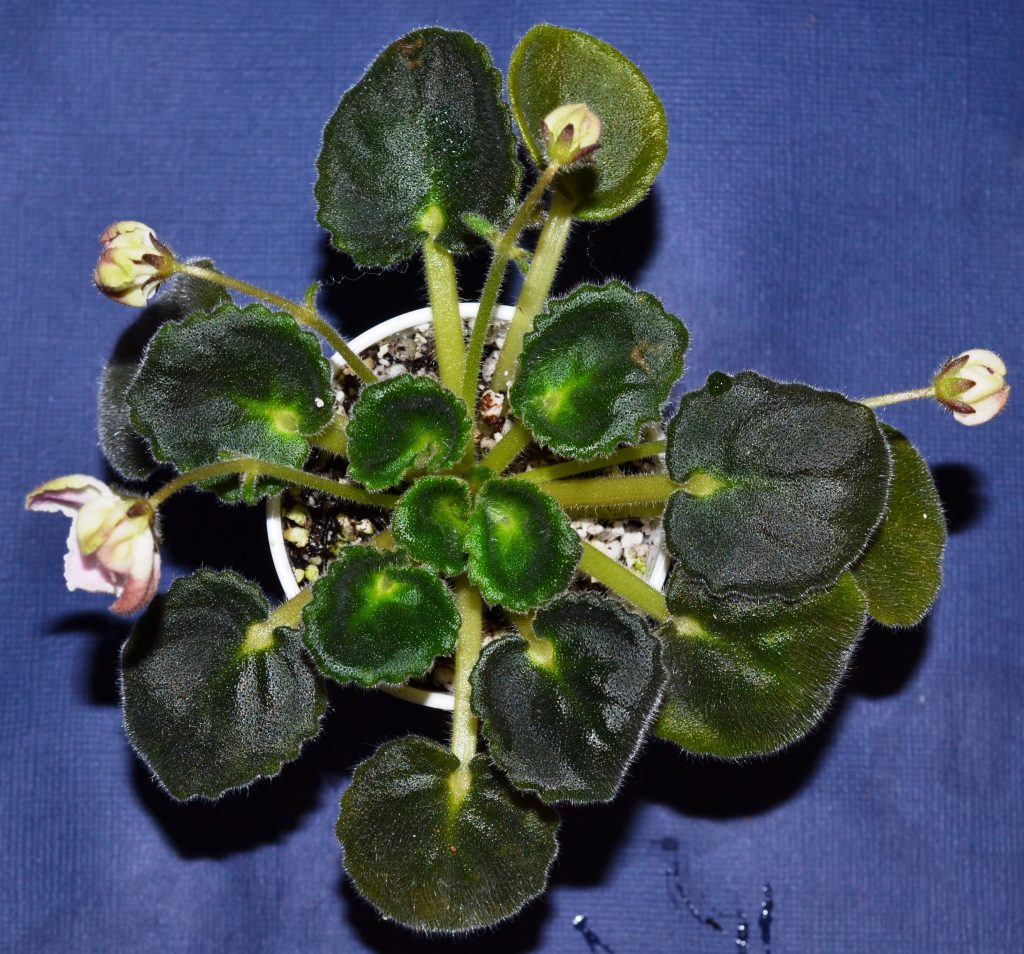
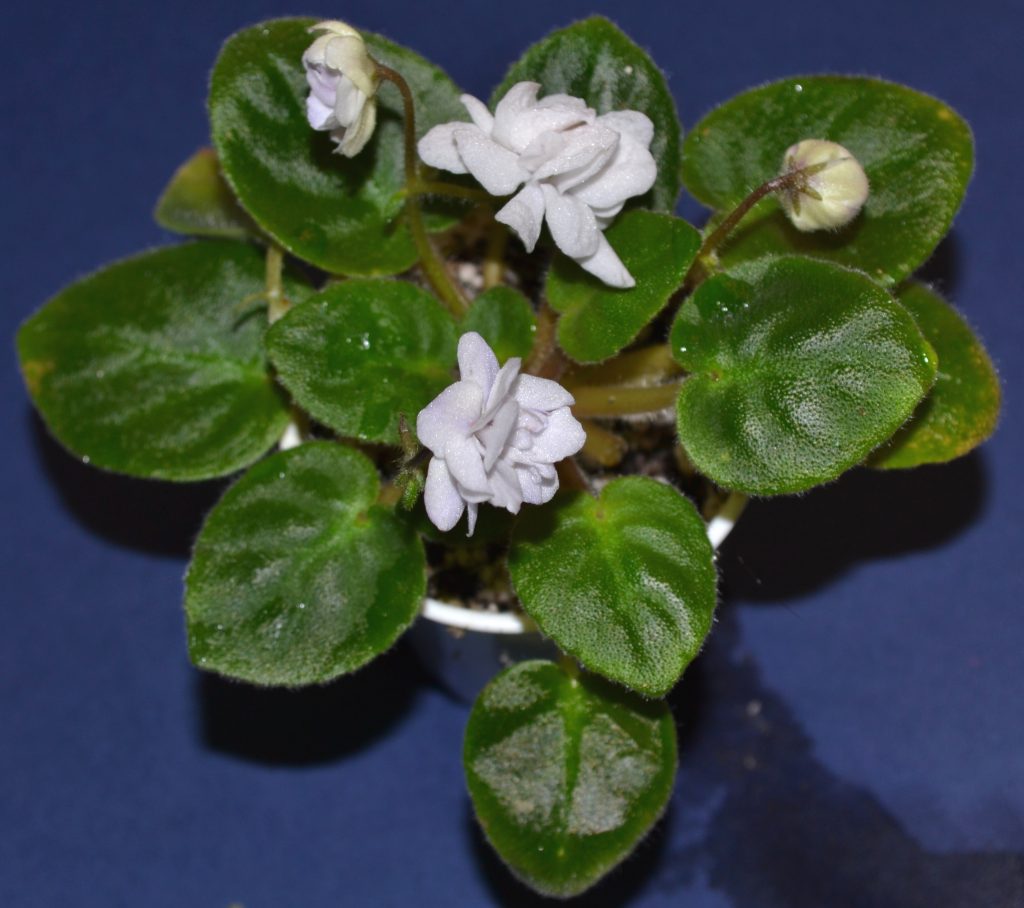
Definitions:
- Before we start going into detail about the different light options, I think it would be useful to first understand the technical terms related to lighting.
- Below are definitions of a few terms related to lighting, which will be further used in the article.
- Lumen(lm): Lumen (lm) is the measure of light that comes from a bulb, that is the amount of light output from a bulb. It means how bright/strong the light from the bulb is. The higher the lumens, the brighter the bulb.
- Lux (lx): Lux (lx) is a unit of light measurement in a given area. Lx gives an idea of the amount of light output in a given area. It is also known as “illumination”. 1 lx is equal to the illumination of 1 meter square surface that is one meter away from a single candle or light source. 1 lux=1 lumen/m2. Shown below in Figure1.
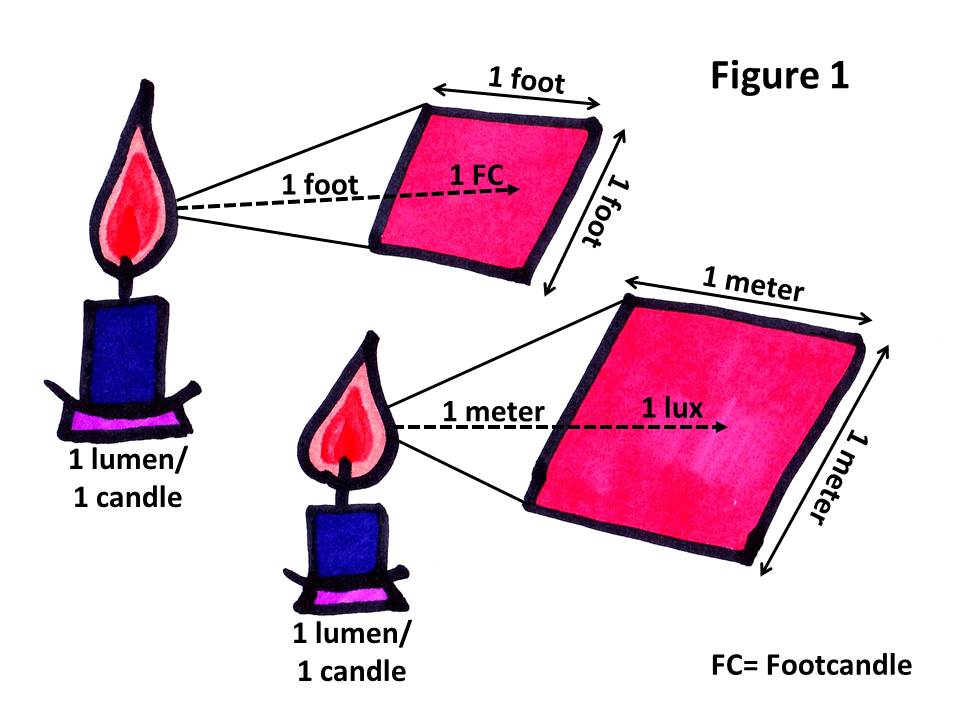
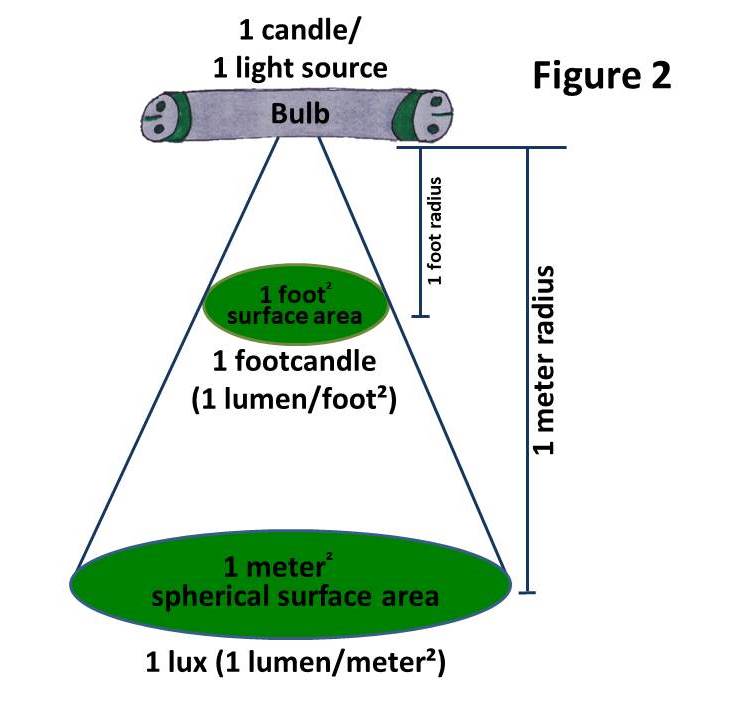
- Definitions continued……
- Footcandle (fc): Footcandle (fc) is a measurement of light at a certain point. A fc reading is a measurement of the intensity of a beam of light one foot away from its source. Similarly, measuring this same beam of light from a meter away from its source will give you 1 lux. Shown above in Figure2.
- Watt (wt): Watt (wt) is the amount of energy the lightbulb consumes. The higher the wt number, the higher the energy consumption. If the wt of the bulb is high, the lumen is high. If the wt of the bulb is low, the lumen is low.
- The terms, “lumen” and “watt” are use for artificial lighting or for light from a fixture/bulb.
- The terms “lux” and “footcandle” are a direct measurement of light, either natural sunlight or artificial light. They both measure light..
- Footcandle is an “imperial measurement”- meaning its similar to feet, yards, inches etc…..
- Lux is a “metric measurement”- meaning its similar to centimeter, meters, liter etc…
Below are examples of light meters, useful to keep in your growing area, especially when monitoring low or bright light intensity.
Lights:
- When it comes to selecting artificial lights for growing African Violet plants, there are numerous options to consider and a huge selection of lights to choose from.
- I personally have experience with growing my violets under fluorescent light bulbs (as shown in pictures below) and LED shoplights.
- Some growers use growlights and more recently use LED arrays, LED lamps and LED light strips (will discuss LED lighting in PartII of the article).
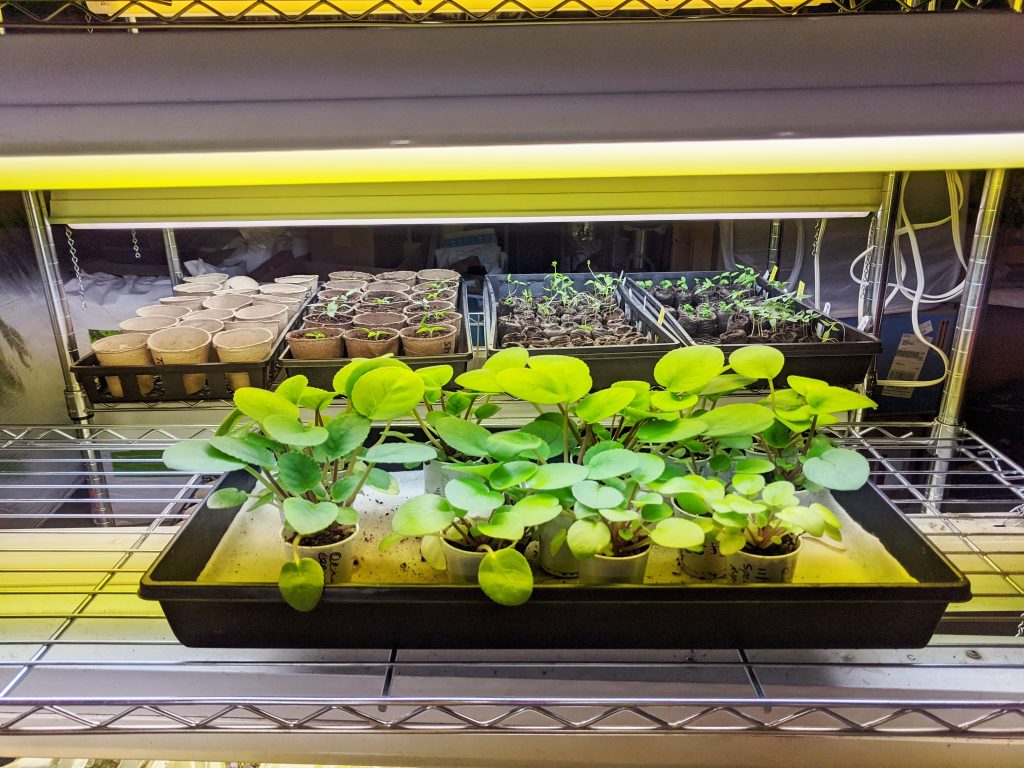
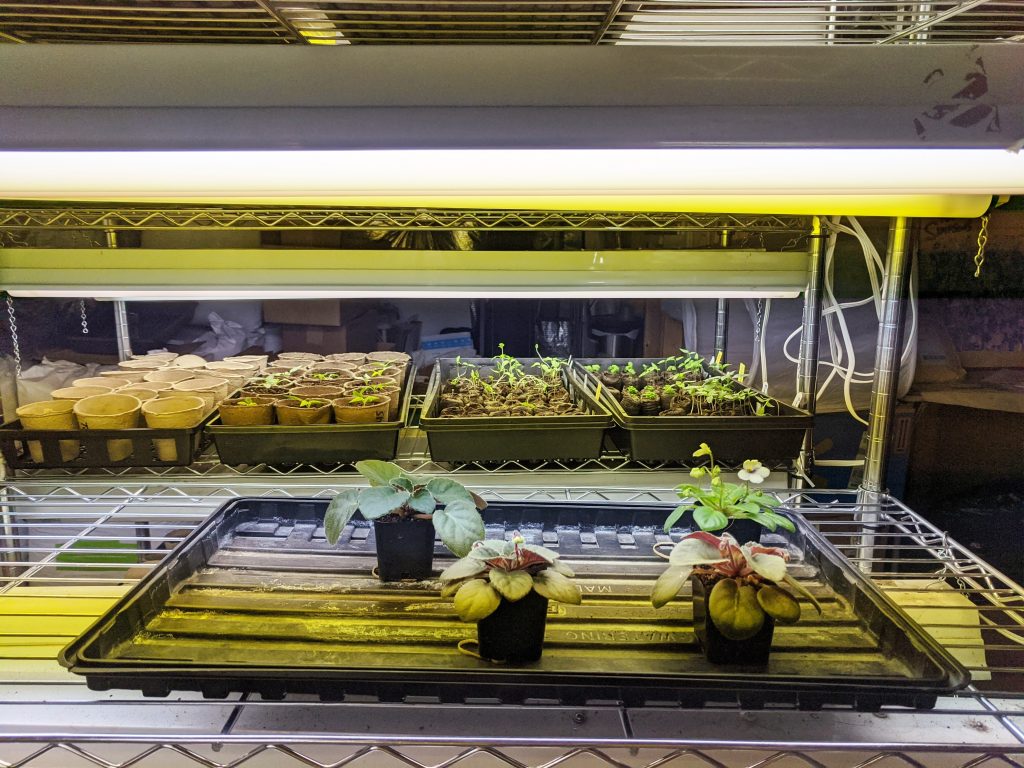
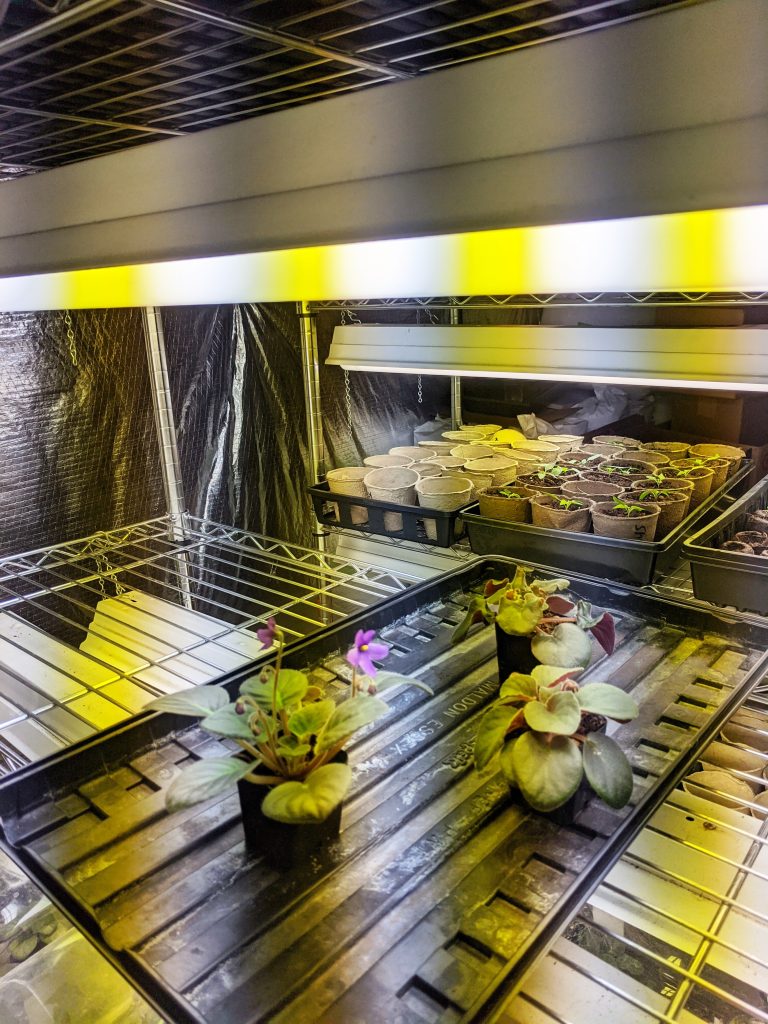
Fluorescent Light Bulbs:
- Fluorescent light bulbs come in 3 sizes T12, T8 and T5. The main difference between these bulbs, are the diameters of the tubes.
- The “T” stands for tubes. The number beside the “T” stands for the diameter of the tubes.
- The T12 bulb indicates that is is twelve eighths of an inch in diameter (1.5″).
- The T8 bulb is eight eighths of an inch in diameter (1″) and T5 bulb is five eighths of an inch in diameter (0.62″).
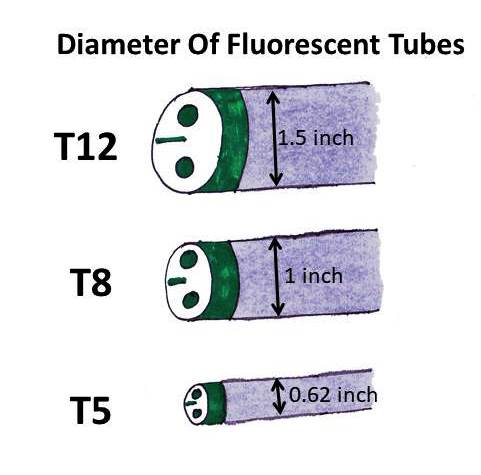
- As you can tell the T5 bulbs are smaller in diameter compared to the T12 bulbs.
- However, the amount of light output is higher in the T5 bulbs compared to the T12 bulbs (more details below).
- Fluorescent light bubs can either be cool white bulbs or warm white bulbs.
- T12 bulbs: The T12 bulbs are first generation bulbs. In my plant room these are the bulbs I have used for the past 12 years. In the past year, I have been replacing these bulbs with LED shoplights (will discuss LED lighting in PartII of the article). The T12 bulbs are less energy efficient and may be phased out soon as they are no longer being manufactured. The T12 bulbs have a lifespan of 12,000-15,000 hours (hrs). So if your lights are on 10 hrs a day, then these bulbs will last you 3-4 years (yrs). T12 bulbs can range from 20-75 watts and 1000-3500 lumens. Though these numbers can vary depending upon the manufacturer of the bulb.
Below are recommendations for T12 bulbs to grow African Violet plants:
- Fluorescent bulbs continued…….
- T8 bulbs: The T8 bulbs are second generation bulbs. They are more efficient than the T12 bulbs. They are however quite expensive compared to the T12 and T5 bulbs. The T8 bulbs can last 15,000-20,000 hrs. So if your lights are on 10hrs a day, then these bulbs will last you 4-5 yrs. The T8 bulbs can range from 15-60 watts and 1500-5000 lumens.
Below are recommendations for T8 bulbs to grow African Violet plants:
- Fluorescent bulbs continued…….
- T5 bulbs: The T5 bulbs the most energy efficient bulbs, they have the highest energy efficiency compared to the T12 and T8 bulbs. The T5 bulbs have become cheaper recently compared to the T8 bulbs. The light output of T5 bulbs is similar to T8 bulbs, but they are more energy efficient. The T5 bulbs can last 20,000 hrs. So if your lights are on 10hrs a day, then these bulbs will last you 5 yrs. The T5 bulbs can range from 8-50 watts and are 5000 lumens.
Below are recommendations for T5 bulbs to grow African Violet plants:
If you are starting a new plant stand set up, and considering fluorescent lighting, I would recommend the T5 bulbs. If you are going the LED route, then I would recommend LED lights over the fluorescent lights. LED lights are much more energy efficient, will last longer and less expensive (will discuss LED lighting in PartII of the article).

Cool White, Warm White or Daylight Fluorescent Lighting:
- Fluorescent bulbs are available as warm white bulbs, cool white bulbs and daylight bulbs.
- The technical difference between these bulbs is the color temperature. The unit measurement for color temperature is known as kelvin (K).
- The warm white bulbs have a color temperature range from 2500K-3000K. This means that the light has warmer tones (ranging from yellow, orange to red). These warmer tones are similar to daylight during the sunset hours. These produce the highest rates of photosynthesis, in turn increasing the flowering.
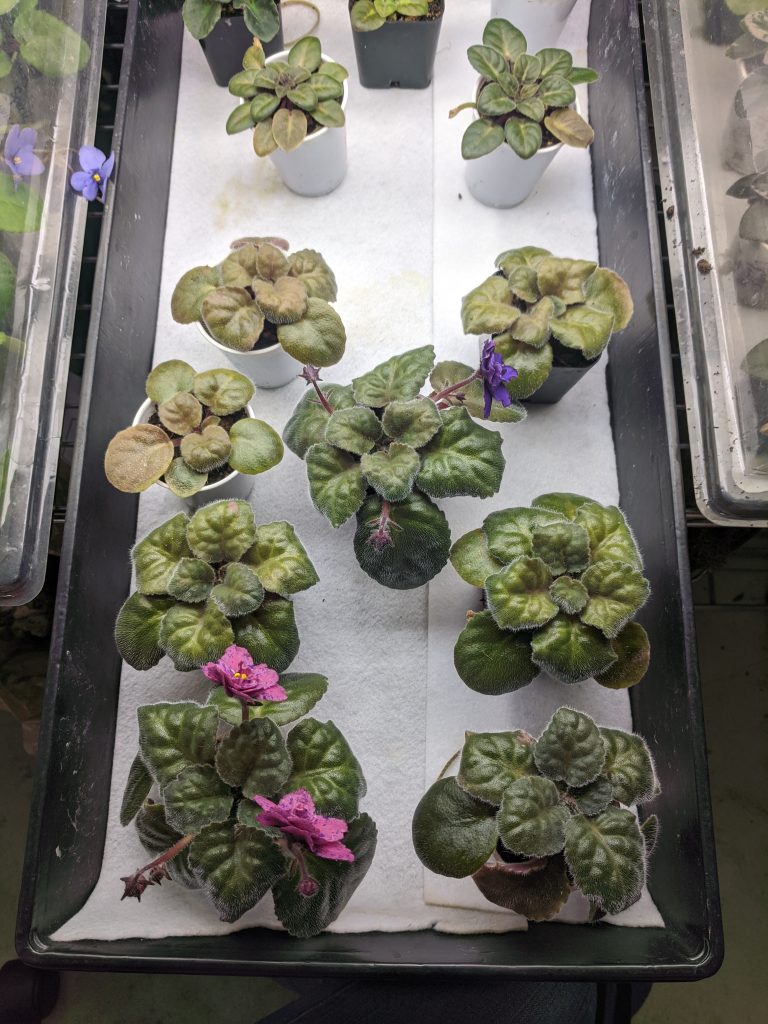
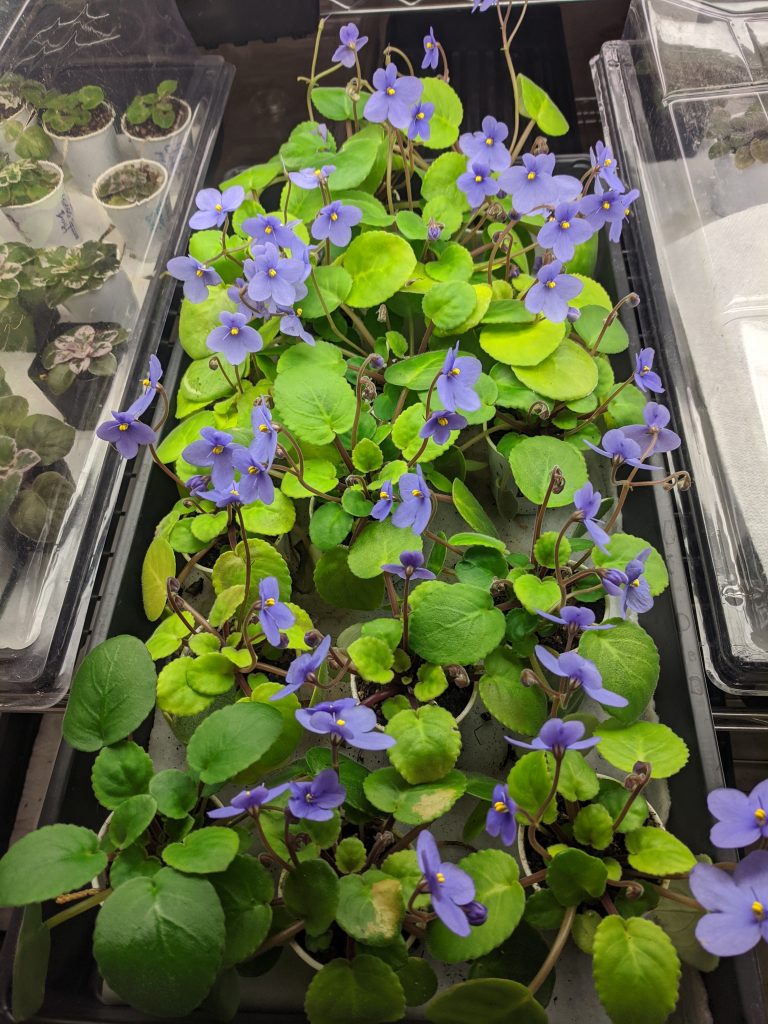
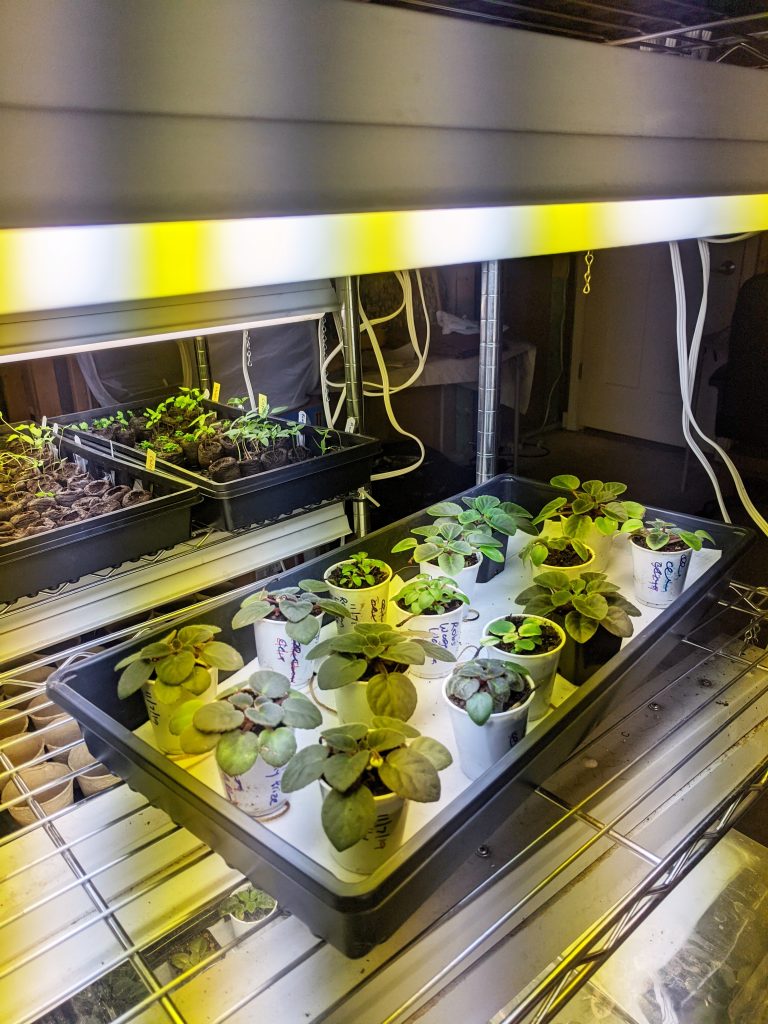
- The cool white bulbs have a color temperature range from 3100K to 4500K. This means the light has a bright, neutral white color. These bulbs have a balance of blue and red/orange tones to it. These bulbs are good for both plant growth and flowering.
- The daylight bulbs have a color temperature range from 4600K to 6500K. This means the light has a shade of blue to it, but its similar to natural light during daylight hours on a sunny day. This kind of light is good for propagation or during the plants growth stage to increase its vegetative growth.
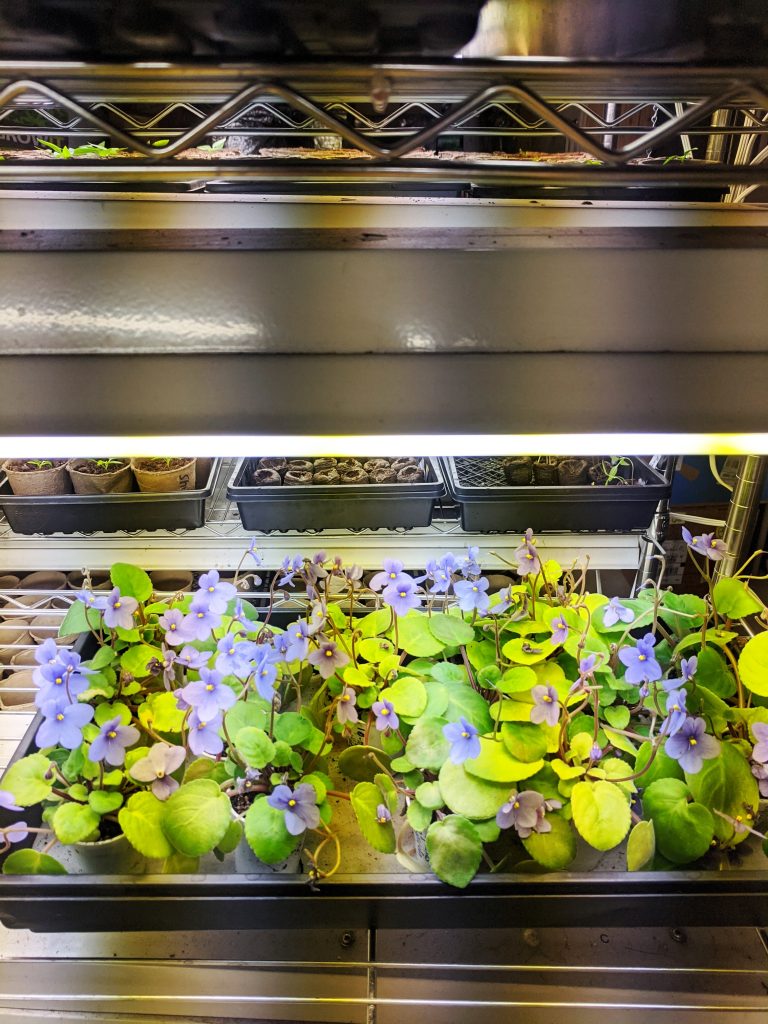
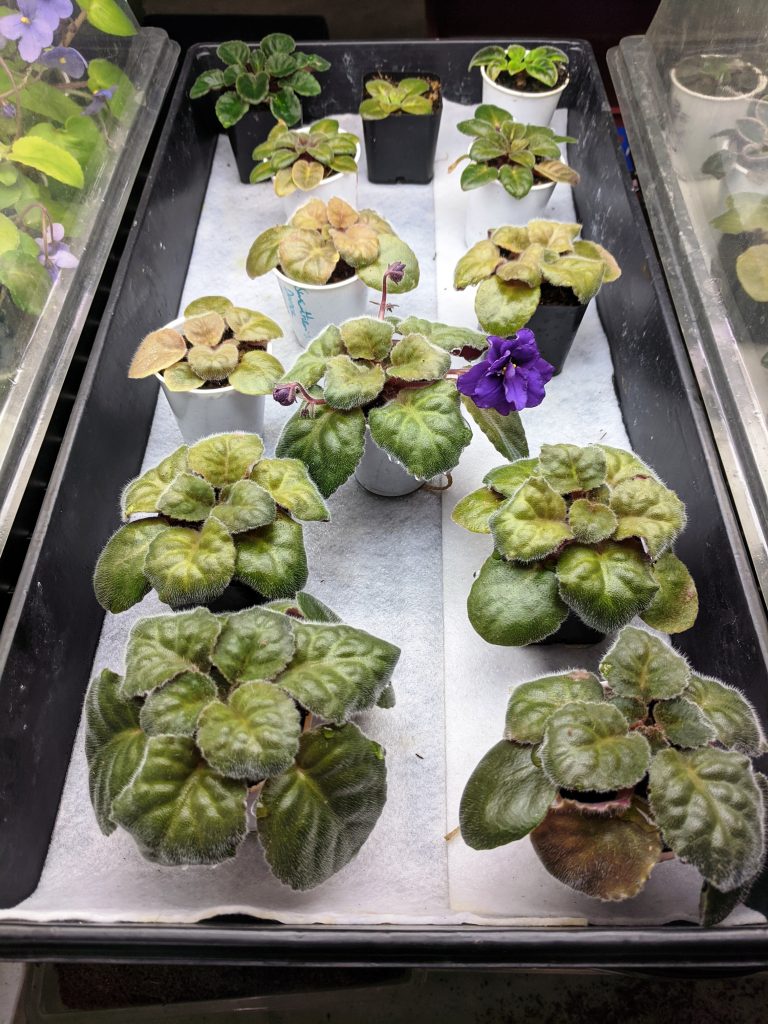
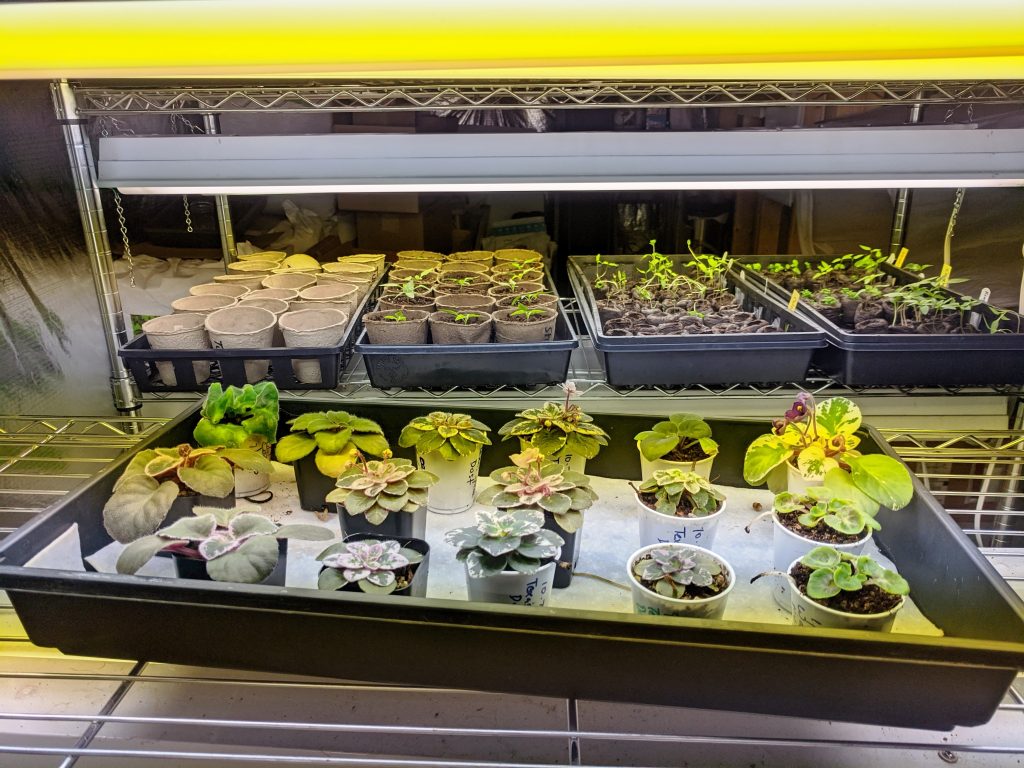
- For African Violets it is common to use a combination of one cool white bulb and one warm white bulb. This provides African Violet plants with a good balance of color temperature.
- Personally, I have only used cool white bulbs for my plants and they seem to work well. Though, I have started switching to LED bulbs recently.
- A friend of mine uses only daylight bulbs and they seem to work well for her too.
- At the end of the day, it comes down to personal choice, budget and convenience in deciding what kind of bulb works best for you.
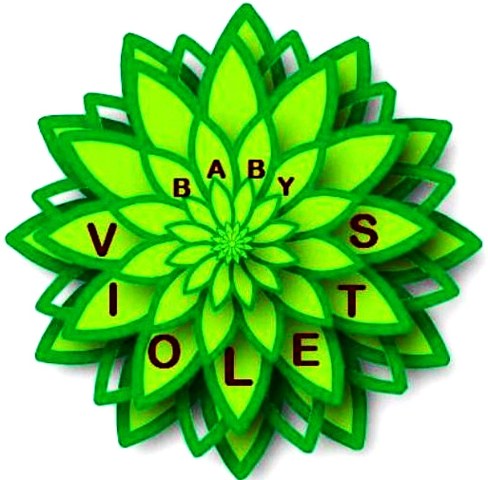
*Our Affiliate Programs: We are a participant in the Amazon Services LLC Associates Program, an affiliate advertising program designed to provide a means for us to earn fees by linking to Amazon.com and affiliated sites. Though we do link to many items on Amazon out of convenience to our readers, we do also participate in other affiliate programs that also pay us a commission for any purchases you might make through our links (at no additional cost to you!).

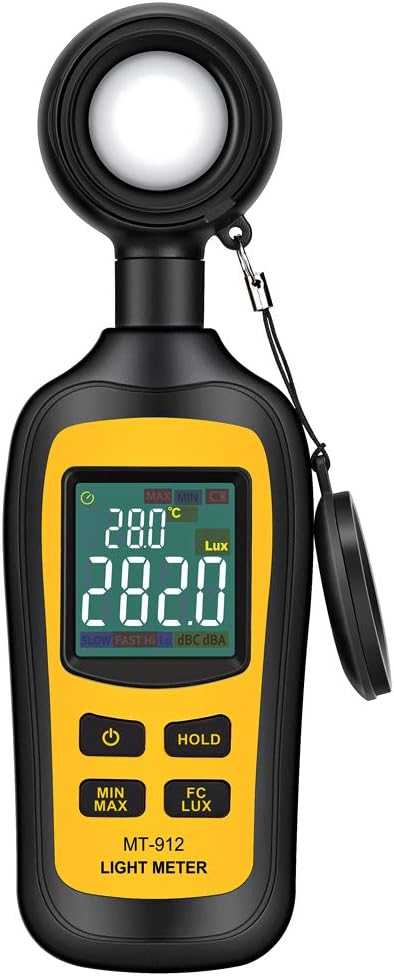
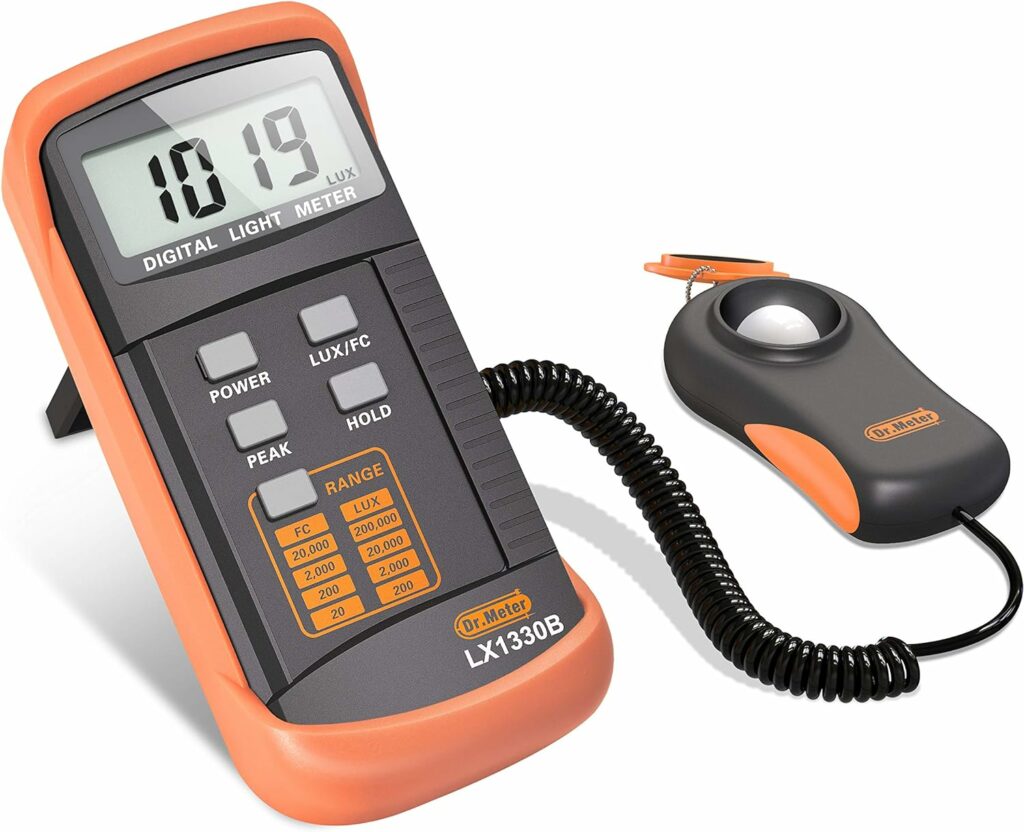
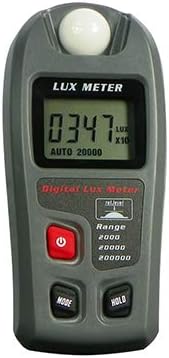
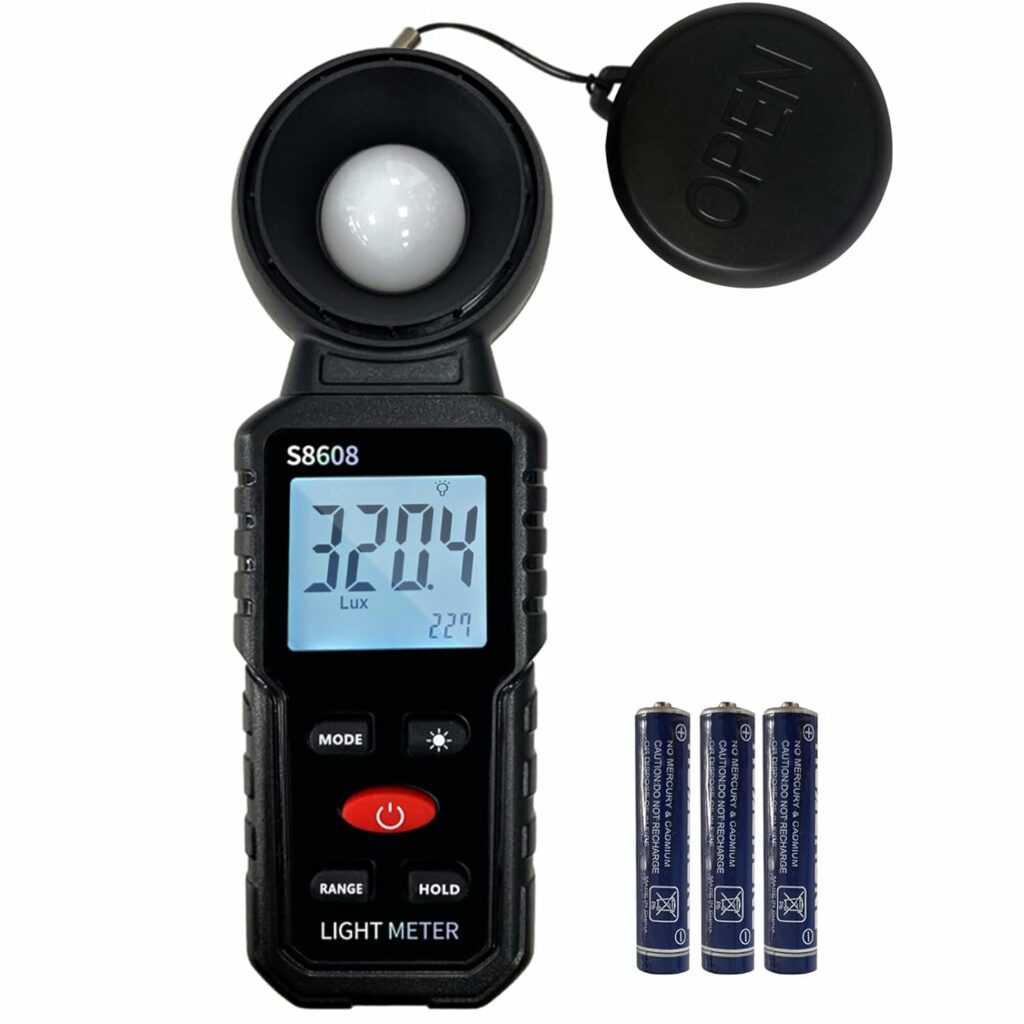
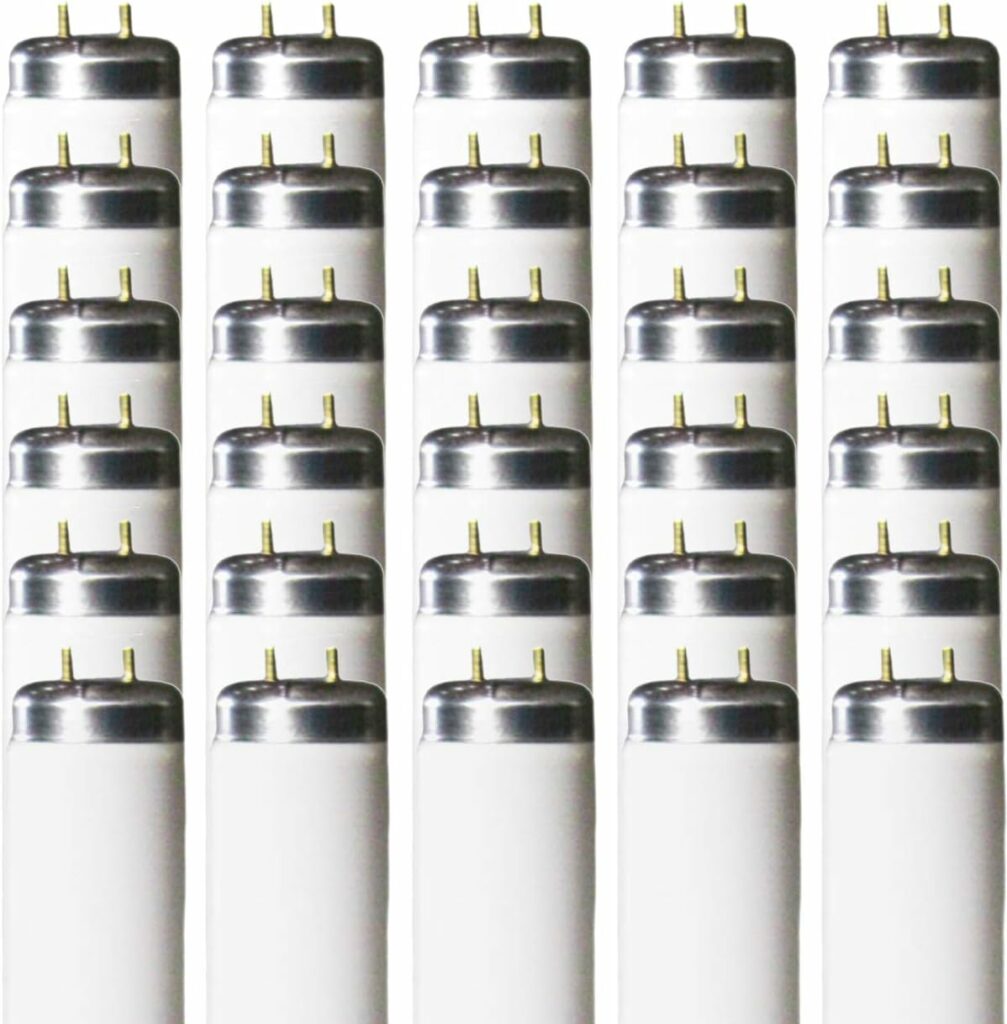
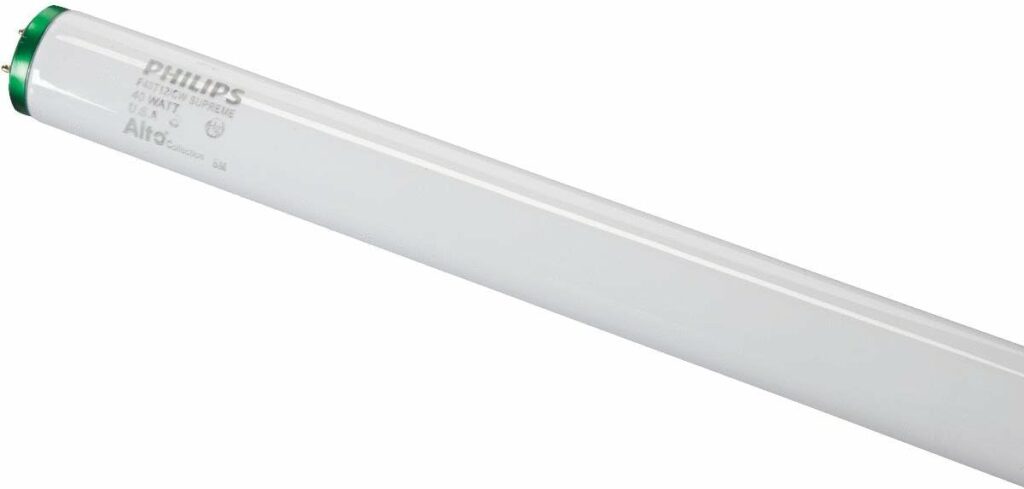
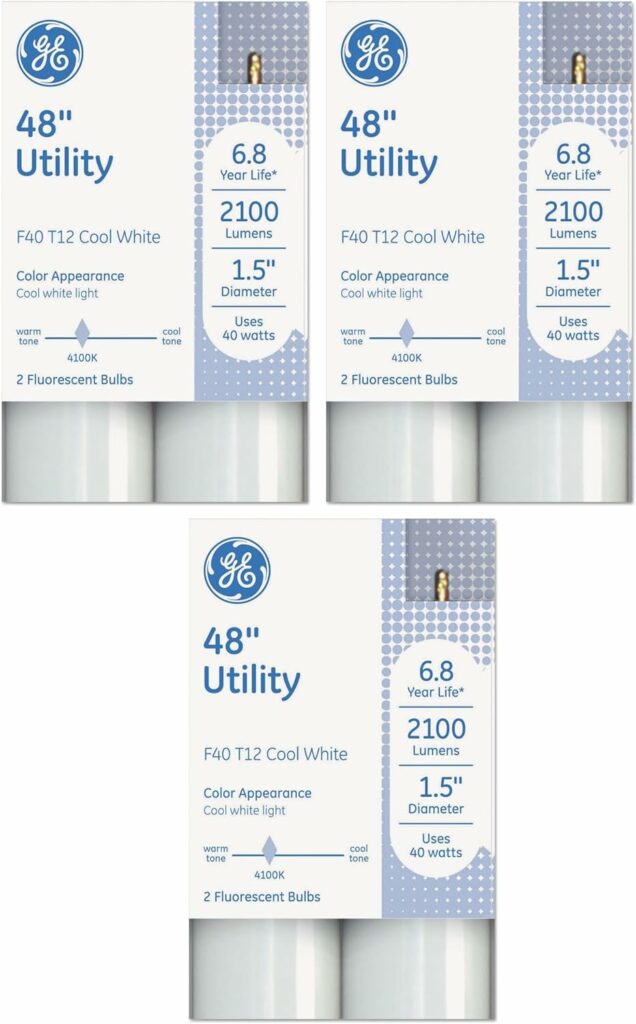
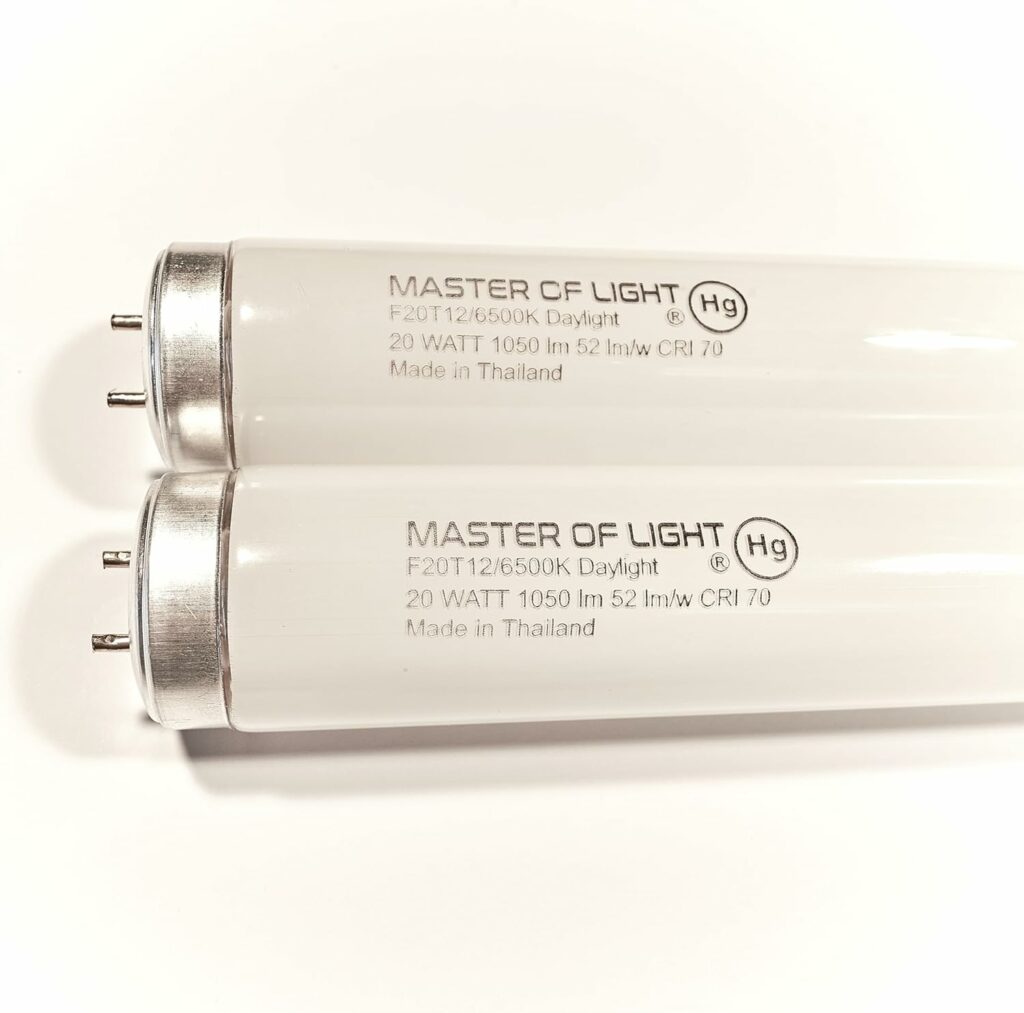
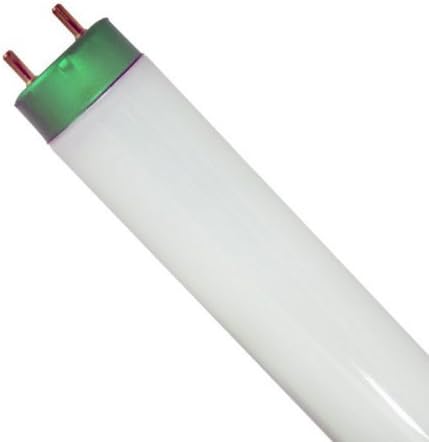
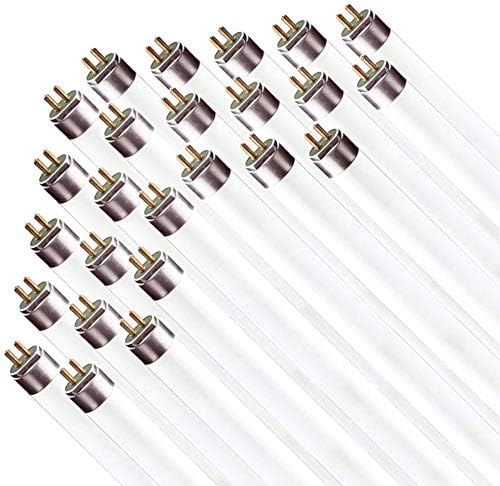
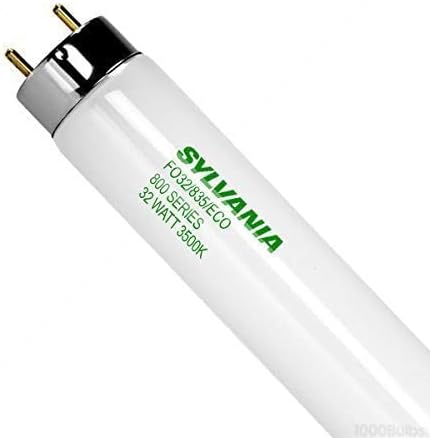
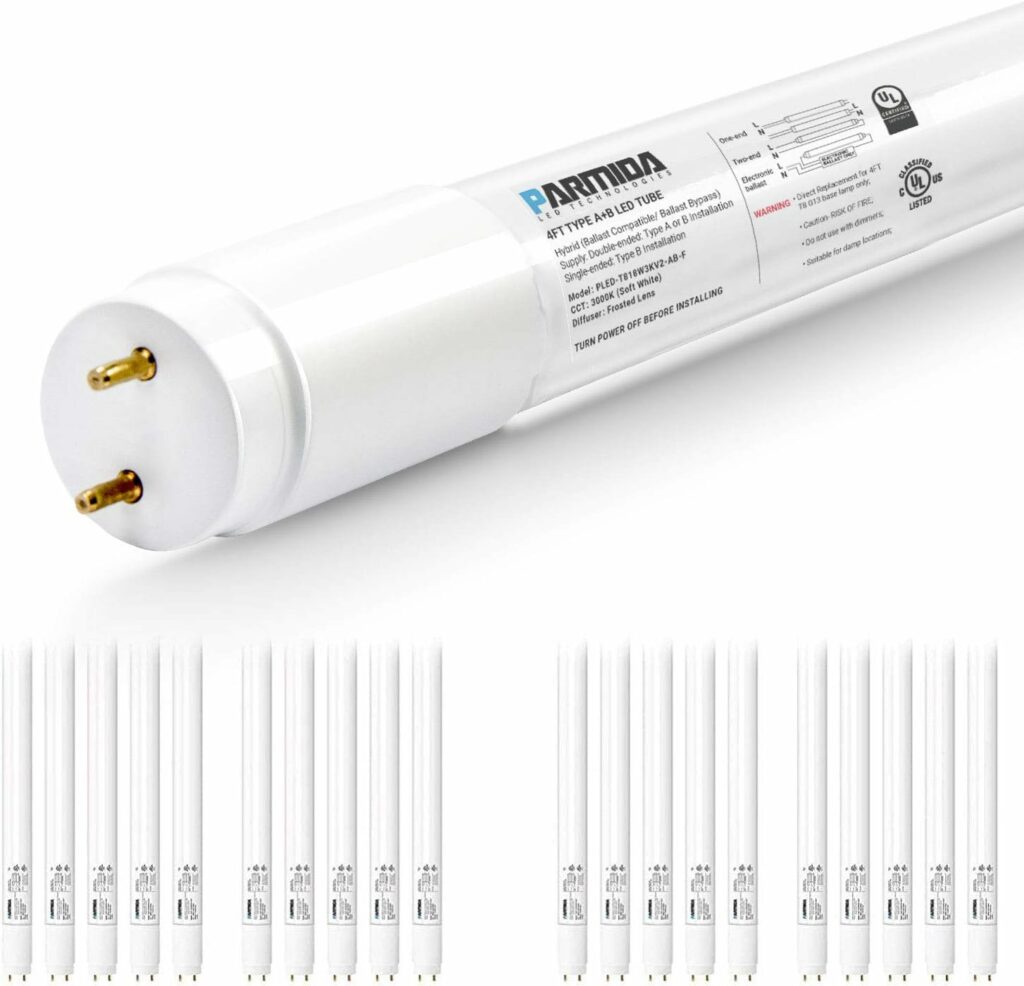
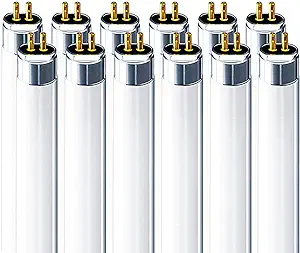

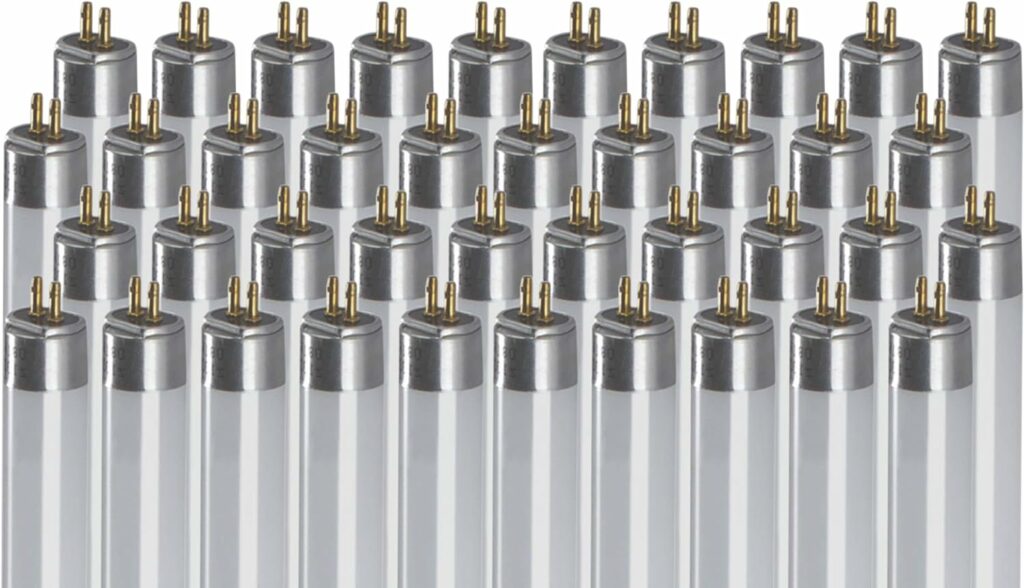
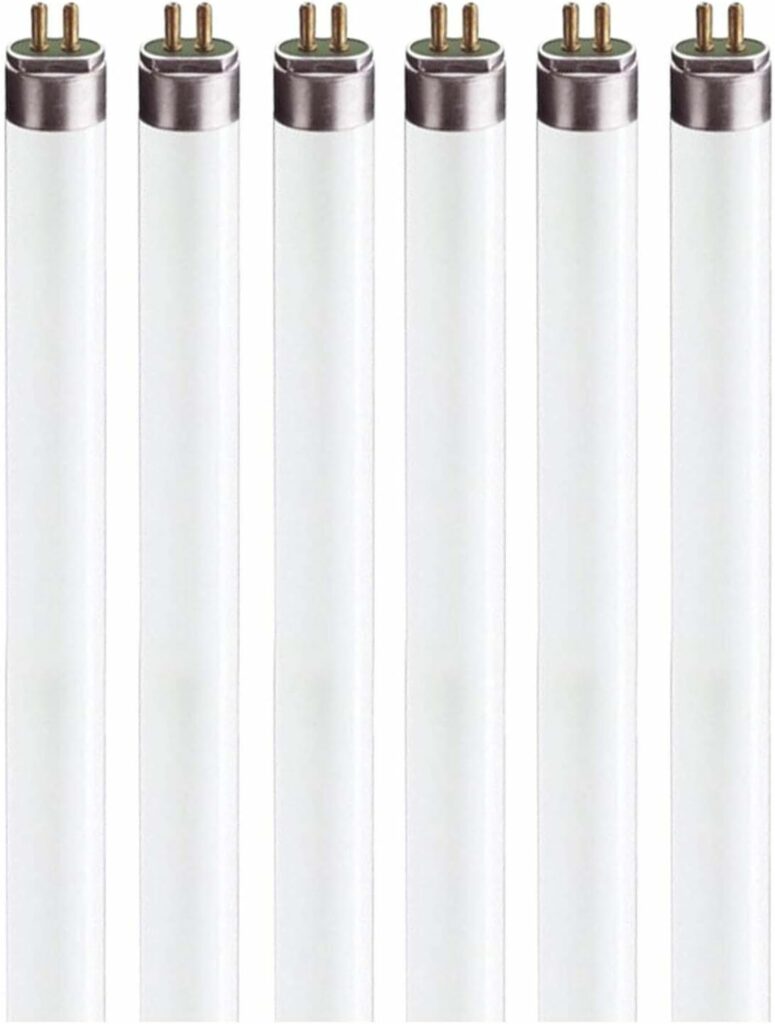
Thank you for this well written article. Lighting is so confusing. Am looking forward to PartII on LED lighting. I hope you will also discuss types of “shop light fixtures”. I go to buy an LED bulb to save energy, but the light fixture won’t work in my old fixtures and the fixture it will work in is too expensive.
Hello,
thank you so much for your kind words. I am happy to hear the article was helpful. Yes, I am working on PartII. As you mentioned, there is so much information about lighting and it can get confusing at times. I am trying to sift through all the information and make sure whatever I do write, is accurate, relevant and concise.
I have heard the same thing, about changing ballasts in old fluorescent fixtures to make them compatible with the new LED bulbs. However, I am assuming that can get expensive if you have a big light set up. I have started slowly buying the LED bulb/fixture set (around $24/set in home depot) to replace my old fluorescent fixtures (they lasted me well, over 12 years and they were worth every penny). Of course, I still have a long ways to go, majority of my lights are fluorescent fixtures. Please let me know if you have any other questions. Will try my best to help.
regards,
BV
You have to take the ballast out of your fluorescent fixtures n then you can use the LED bulbs in them. I just switched all mine out. Have all LED bulbs now. Working great. But remember to take the ballast out first
Have I missed part II of your lighting?
Hello Sharon,
thank you for your question, it bought a smile to my face. No you have not missed it. With the quarantine, just delayed 🙂 Every day I have been writing small parts of it, while trying to get my kindergartner to finish her worksheets and journal work and fulfilling snack requests in between. I was just proof reading the text today. My husband took over for me, while I tried to figure out what diagrams/pictures I can put in the article. Maybe in a few more weeks it will be ready, I need to draw the diagrams, make sense of it, then type everything into wordpress, proof read again and then ready to go. This article has been the hardest to write, there is so much information out there and I dont want to get too technical, but also dont want to give general info which is already out there. Sorry for the long post, this article has been weighing on me for the past month. I am eager to get it done, so that I can move on to write about more simpler stuff…like pot sizes!
regards,
BV
I’m setting up new violet stand and have so many questions. I too am anxious about part 2. Better yet just tell me what to buy and then I can be done! My girls were doing good then my Office got shut down. I saw a new home so it was a model home windows. So now before they get bad and die I’ve got to get something set up. It was my happy place now I just need to put that happy place someplace else.
Sorry should have read I sell new homes. Talk to text
Hello Rebecca,
thanks for your message. Yes, hopefully will be done by early next week for part 2. Oh so your violets will be moving soon, hope they settle down in there new place. I will look up some ready to hang LED lighting fixtures and get back to you soon,
regards,
BV
Thanks for the correction!
Also, sorry for the delayed response, your message was in my spam folder, I usually check that once a week and find things end up there quite often.
BV
I can I use one warm and one cool?
Hello Neila,
thank you for your question, yes you can use one warm fluorescent bulb and one cool fluorescent bulb, they will work well for your African Violets.
BV
Hi BV
Excellent article. I find this so confusing and add to it the fact that we have different wattage in Australia from the US. I guess at the end of the day we are aiming for a certain level of lux at the point the light hits the AVs? If so what is the optimal level? I think it would be really helpful if all the targets that provide the optimal growing conditions were listed.
Thank you
Hello Anne,
thank you for your kind words. Yes, I think your right, after I read the article a few days, I felt the same, need to provide a section of optimum light conditions for African Violet, will put that on my to do list! With regards to your question, I would stick with cool white bulbs or a mix of cool white and warm white bulbs. Its difficult to say that this lux / K or bulb will work, because each persons environment is different. Some people use these bulbs along with natural light, so the requirement changes. Some use these in dark basements so the requirement changes. Its also a balance of light to height ratio. Each person has different height shelves and the distance of the light from the top of the plant matters to the type of light used. So for the “lux”a range of 1500-6000 can work well, as long as your height is optimized. Hope this makes sense. I think when I get a chance, maybe can set up an experiment of different heights to lux ratio and see how the violets do under each setting.
regards,BV
If you are going to talk in lux measurement maybe a way to calculate it to foot candles would be helpful.
Hello Donna,
thank you for your suggestion, yes will definitely include it in the article. Did read the post recently and was thinking the same thing, seemed to have a missing link.
regards,
BV
Thank you so much for writing both articles about lighting, Part 1 & 2. Still very confusing. I really appreciate your time & expertise!
Hello Linda,
thank you for your kind words,
regards,
BV
Can I use LED light that was from an indoor garden kit for my African violets? 🌺
Hello Pam, thank you for your question. Yes, you can use a LED light from an indoor garden kit. It should work well. You can adjust the height of the light if possible, if the leaves reach up (low light) or droop down (high light). Place the African Violet plant under the light for 2-3 weeks, see how it does and can adjust.
Hope this helps, BV
In your discussion in general about fluorescent lighting… are you talking about grow lux lighting or strictly fluorescent lighting that is used in workshop area?
Hello Nancy,
thank you for your question. In the fluorescent article, I discuss regular shoplight, workshop area fluorescent lighting. These are not the grow lights for plants, just regular lighting. BV
Thanks for the marvelous posting! I seriously enjoyed reading it, you’re a great author.I will ensure that I bookmark your blog and may come back later in life. I want to encourage you continue your great job, have a nice morning!
Thanks for the post.Really thank you! truly Great.